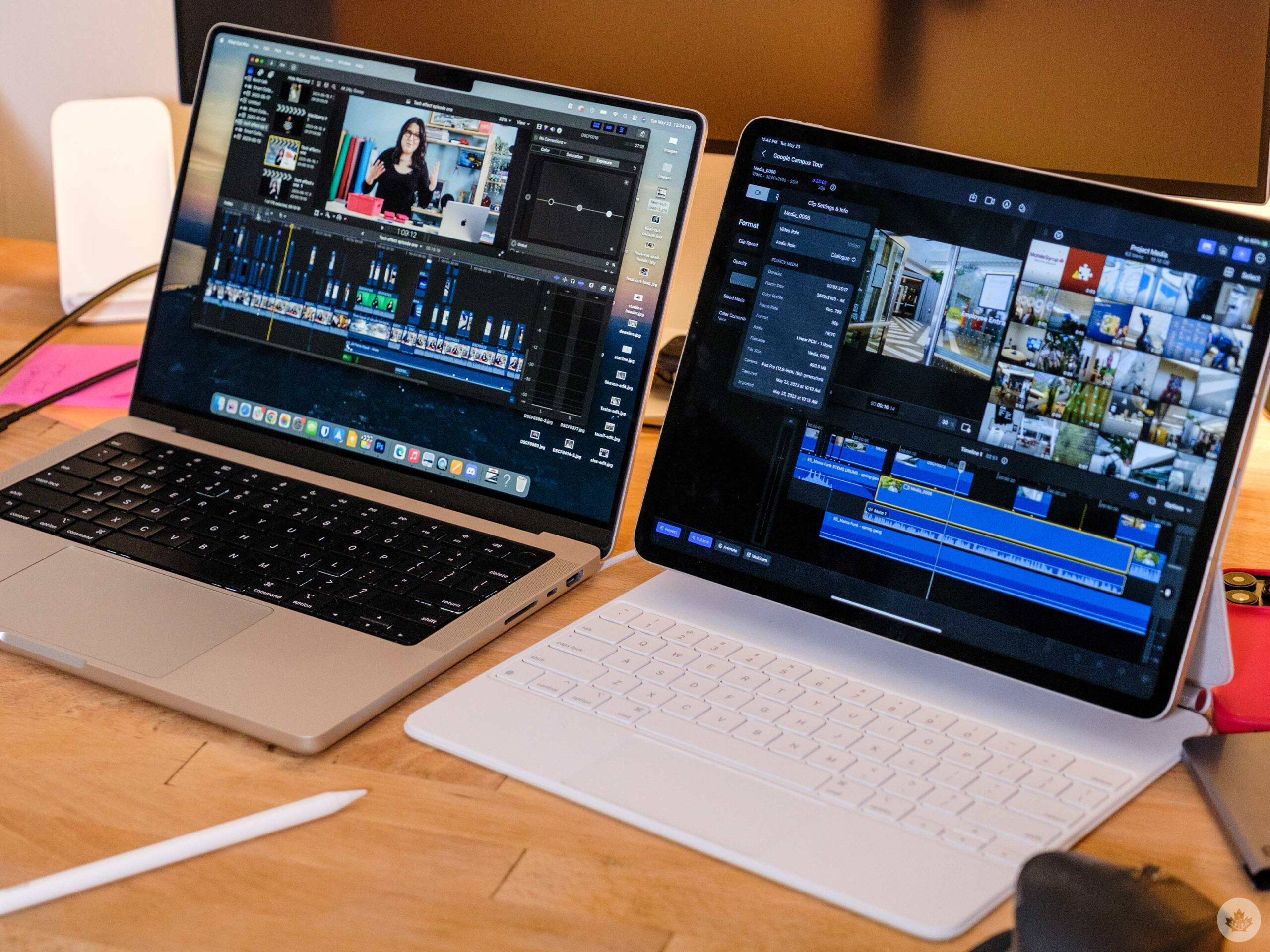When Apple announced Final Cut for iPad, I was ecstatic.
I’ve been waiting for the company’s homegrown editor to make its way to the tablet for years, and visions of bouncing projects between my iPad Pro and MacBook Pro danced in my head.
When I finally got my hands on the software, those visions changed, and I found I needed to temper my expectations. But, taking a step back, it’s still the most fluid and accomplished mobile video editor I’ve ever used.
There will be a generation of filmmakers who grow up with this tool, and while it’s not perfect today, the power it holds for the future is extremely exciting.
How it feels to use
It’s clear that this has been a project Apple has been working on for a while. The app’s layout has been translated well for a touchscreen interface, and after my first hour of editing, tasks like adjusting the volume on clips and moving things around started to feel natural.
I use both Final Cut Pro X (and Adobe Premiere Pro) professionally, but the switch to Final Cut on iPad still left me needing to overcome a few hurdles. For instance, adding movement to a clip is more complex than on Final Cut for Mac. Still, overall, the tools all work and handy additions like the timeline scrubbing wheel help make Final Cut on iPad feel nearly as precise as it does on a computer.
I made a small demo with some leftover footage from my visit to the new Google Bayview campus, and it was a pretty awesome experience. I laid out multiple layers of content just as I would with a desktop editor, and while many features are buried under sub-menus, I could accomplish most of what I wanted. For example, I ducked audio, added slow motion to clips, recoloured and so on.
One thing that’s important to note is there’s no stabilization tool in the iPad version of the app, so I was unable to take the shakes out of my clips like I typically would with a desktop editor. I assume that this is because Apple expects its users to shoot footage on their iPhones, which already feature stabilization built in.
I’ll also mention that I was testing this out on an M2-powered 13-inch iPad Pro, and it handled my Fuji 4K 120fps H.265 files effortlessly. You could tell that Final Cut was either proxying them or running them back at a lower resolution while I was editing, but all this happened in the background and made it very easy for me to focus on the layout of my timeline.
Apple has even added a built-in camera mode to Final Cut for iPad, allowing users to shoot content into the app. I was able to use that for my talking on-camera portion of the demo. It’s a feature I don’t expect many serious moviemakers to use since they’ll likely also have an iPhone with a much better camera/microphone combo. Still, there’s one part of this that’s very exciting.

The Final Cut camera interface allows users to manually set their white balance, which has been missing from the iPhone camera for years. Hopefully, this suggests that the iPhone will get a more pro-focused toolset soon.
Another Final Cut for iPad exclusive feature is the ability to draw titles and graphics on your videos. It’s simplistic but straightforward and something I could see myself using in the future if I decided to keep paying the subscription.
Final Cut for the next-gen?

Releasing Final Cut on iPad offers an affordable way for aspiring filmmakers to get a powerful video editor. Subscriptions start at $6 per month, or $69 a year after a month-long free trial.
As a kid, I didn’t get into video editing because I never had a camera or a computer that was powerful enough to edit what I wanted. All of that has changed with the latest generation of Apple tools, and Final Cut on iPad is an excellent example of that.
It truly gives anyone with an (M-series-chip-equipped) iPad the power to make professional videos and think like an editor. This even more valuable skill was previously very hard to learn with a tablet.
However, there’s a hitch in that plan right now since the only iPads that can run Final Cut are the last two iPad Pro models and the iPad Air with the M1 chipset. These are expensive devices, with the cheapest iPad Air starting at $800 for a 64GB model.
I expect that to change over the next year or two as more Apple tablets come fitted with M-series chips, but for now, it’s disappointing that this app feels purpose-built to let everyone become a video editor, and people with brand new $600 iPads are going to be left out for the next year or two.
A starter tool

While the iPad version of Final Cut runs exceptionally well and offers many exciting features, it doesn’t feel like something I’d pick up and use very often, considering I already paid for the app on my Mac, and I’m faster at editing over there.
That said, I don’t think Apple made this app for Mac editors. If you’re making straightforward YouTube videos or like to edit long TikToks together, I could see Final Cut on iPad as a potent tool. However, once you start wanting to take your editing seriously, then jumping up to a Mac seems like a no-brainer, at least for now.
